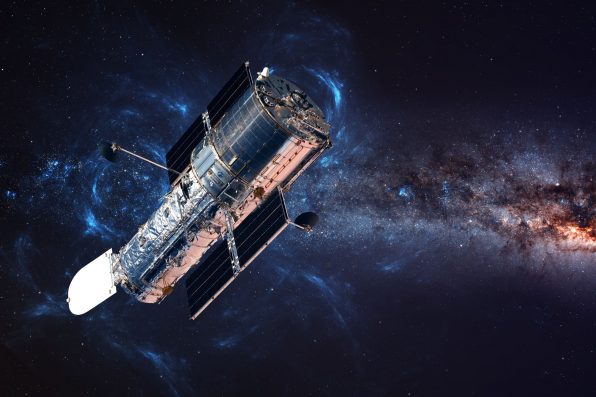Astronomers have discovered there were more black holes than previously estimated after studying the observations that the Hubble Space Telescope made.
The new discovery can help them understand more about how these black holes formed and why they looked larger than expected.
Black holes have been around for a long time. They are incredibly huge, with masses about one billion times more than that of the sun.
They grow by absorbing surrounding material, a process called accretion. The process generates significant amounts of radiation, and the pressure from the radiation limits how quickly black holes can grow.
So, the scientists were confused about how the supermassive black holes from the early universe were able to reach such enormous sizes since, in the grand scheme of the universe, they had so little time to feed on cosmic material. They must have grown quicker than physically possible or were born incredibly gigantic.
One possible explanation is that the supermassive black holes formed in dense star clusters where black holes and stars can merge. The combined black holes and stars would then grow at a rapid rate.
Another theory is that the black holes formed with masses around 1,000 times greater than the massive stars we know about today.
An invisible substance known as dark matter could have confined gas clouds, and background radiation could have prevented stars from forming, causing them to collapse into black holes.
However, only a small handful of dark matter halos grow large enough for such a process to occur. So, this explanation can only make sense if the early black holes are relatively rare.

Sign up for Chip Chick’s newsletter and get stories like this delivered to your inbox.


